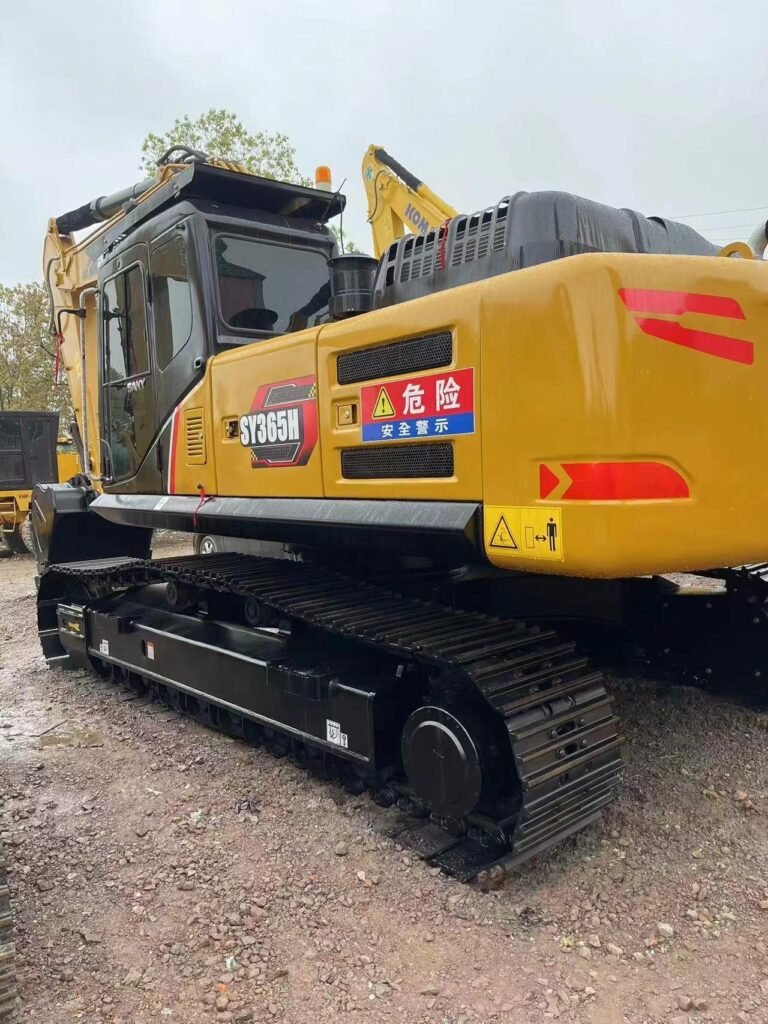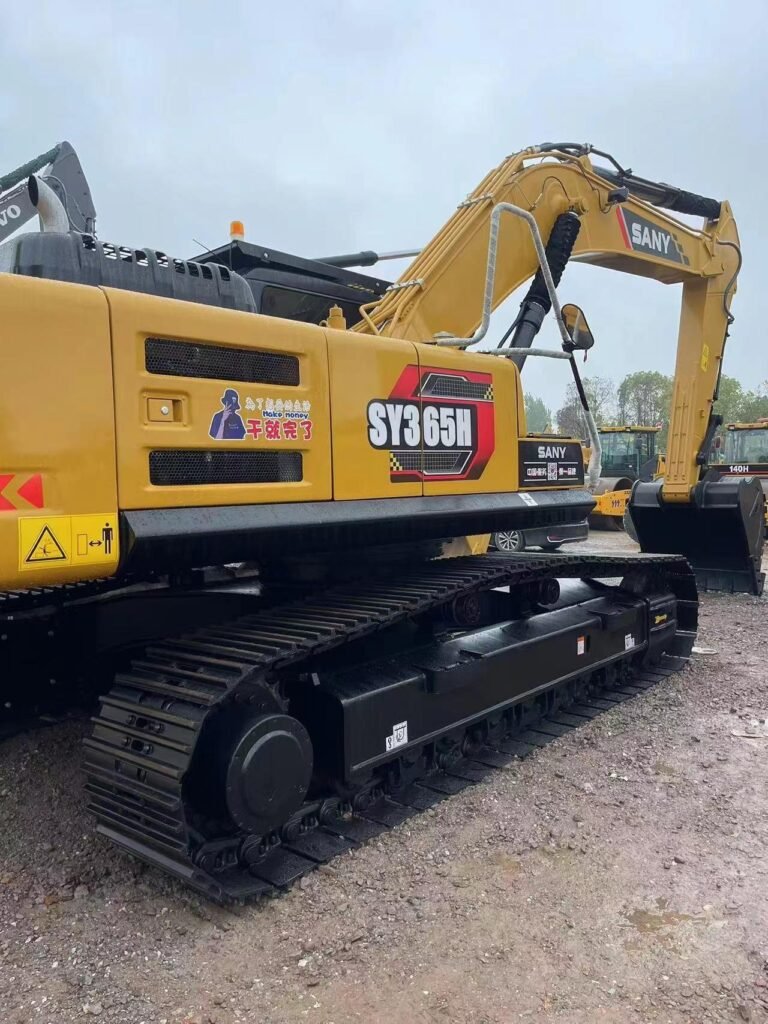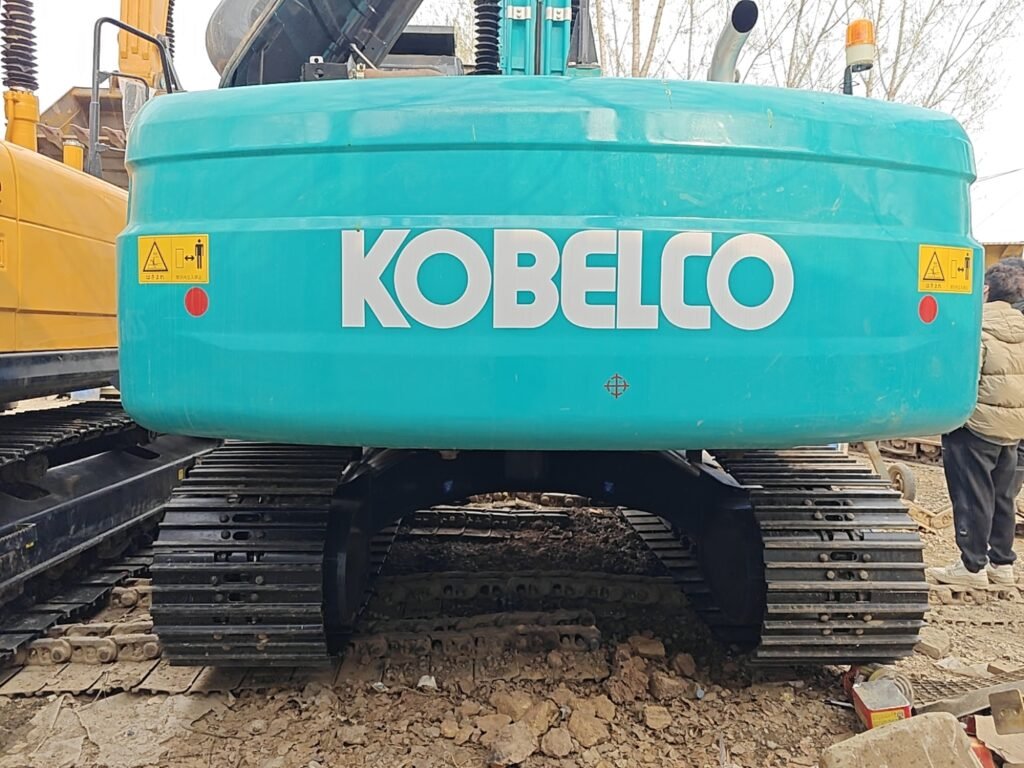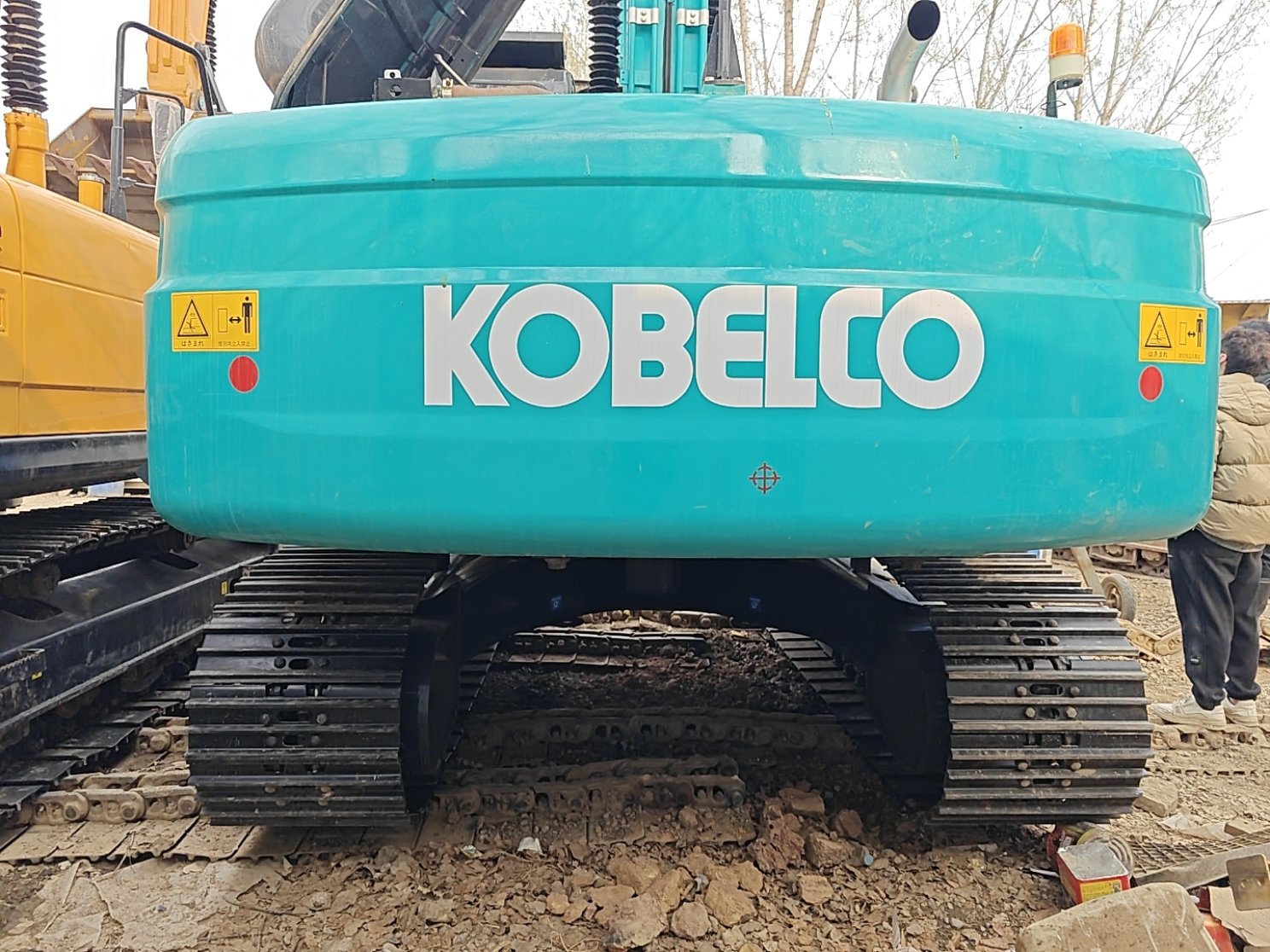I. Introduction
- Market Overview: With the rapid growth of infrastructure construction and urban development, the demand for used excavators has steadily increased. Many companies opt for used equipment to reduce costs while meeting project requirements. Used excavators are often more competitively priced, making them suitable for budget-conscious projects.
- Importance of Selection: Choosing the right model and specifications can enhance work efficiency, extend equipment lifespan, and reduce maintenance costs. Incorrect choices can lead to project delays and resource wastage, negatively impacting progress and quality.
- Purpose and Structure: This guide aims to assist readers in understanding how to select suitable used excavators based on specific project needs. It covers demand analysis, equipment parameters, selection criteria, and purchasing channels, ensuring readers can make informed decisions.
II. Understanding Project Requirements
1. Type of Project
- Construction: Used for foundational digging, site preparation, and other tasks, typically requiring smaller excavators for flexibility in confined spaces. Efficient and precise equipment selection is crucial for construction projects.
- Mining: Requires excavators with higher load capacities and digging depths to handle complex terrains and heavy materials. For example, mining operations necessitate durable and powerful equipment to withstand harsh working environments.
- Road Construction: May require multifunctional equipment to adapt to various construction scenarios, such as digging, filling, and breaking. Such projects often demand versatility and adaptability from the equipment.
2. Working Environment
- Indoor vs. Outdoor: Indoor operations may require smaller excavators for maneuverability in tight spaces, minimizing impact on surrounding areas. In contrast, outdoor work may need larger equipment to enhance efficiency and adapt to varying weather conditions.
- Terrain: Flat terrain suits standard models, while hilly or watery areas necessitate consideration of the equipment’s stability and adaptability. In complex terrains, traction and maneuverability become critical.
3. Workload
- Digging Depth and Width: Determine the required digging depth and width for the project to select suitable buckets and models. Different excavator models have varying maximum digging depths and widths, directly affecting project feasibility.
- Load Capacity: Assess the equipment’s load capacity based on material types and project requirements. Ensure the selected equipment can effectively handle the expected material weight to avoid overload and damage.

III. Basic Parameters of Used Excavators
1. Power System
- Engine Type: Diesel engines generally provide higher power, suitable for heavy-duty operations, while electric engines are ideal for environmentally friendly and low-noise work environments. Understanding the power system characteristics aids in selecting the most suitable equipment.
- Horsepower and Torque: Choose horsepower and torque that meet project requirements to ensure efficient and reliable equipment operation. Insufficient horsepower may lead to low productivity, while excessive horsepower can result in unnecessary fuel consumption.
2. Working Weight
- Stability: The weight of the equipment directly affects its stability, especially when working on uneven ground. Heavy excavators perform better in complex terrains, while lighter equipment is suitable for smaller projects and confined spaces.
- Operational Capacity: Heavy excavators are suitable for large-scale earthmoving projects, while lighter excavators are appropriate for smaller tasks. Choosing the right working weight based on specific project needs can enhance efficiency.
3. Digging Depth and Height
- Excavator Capabilities: Understand the specific parameters of different excavator models regarding maximum digging depth and height to select the most appropriate equipment. For instance, some models may have deeper digging capabilities, suitable for underground work.
- Operational Flexibility: The height and reach of the excavator will affect its operational flexibility in various scenarios, ensuring the selection of equipment that meets diverse job requirements.
4. Bucket Capacity
- Capacity Selection: Choose a bucket with an appropriate capacity based on the specific project requirements to improve efficiency and reduce working time. Large-capacity buckets are suitable for extensive earthmoving tasks, while small-capacity buckets are better for precision work.
- Bucket Types: Different bucket types are suited for various tasks, such as wide buckets for leveling surfaces and pointed buckets for digging hard soil.
IV. Choosing the Right Model
1. Brand and Reputation
- Common Brands: Familiarize yourself with well-known excavator brands and their reputations in the industry, opting for manufacturers with a solid track record. Established brands typically provide higher quality assurance and better after-sales support.
- After-Sales Service: Reputable brands usually offer superior after-sales support and warranty services, ensuring timely maintenance and repairs during the equipment’s usage.
2. Model Comparison
- Feature Analysis: Compare the performance, applications, and cost-effectiveness of different excavator models to help identify the most suitable equipment for your needs. Through comparison, you can find the best balance between price and performance.
- User Reviews: Refer to the experiences and reviews of other users to gain comprehensive information. User feedback can provide insights into the equipment’s performance and reliability in real-world operations.
3. Compatible Attachments
- Interchangeable Attachments: Understand whether the excavator is compatible with various attachments (e.g., breakers, grapples) to meet diverse project requirements. Flexible attachment options can enhance the equipment’s versatility, allowing adaptation to different work scenarios.
V. Inspection and Evaluation of Used Excavators
1. Visual Inspection
- Condition Assessment: Check the condition of the body, bucket, and tracks for wear and tear to ensure there are no significant damages. The overall appearance often reflects the maintenance status of the equipment.
- Fluid Leaks: Monitor the hydraulic system for any oil leaks to avoid increased maintenance costs in the future. The integrity of the hydraulic system directly relates to equipment performance and safety.
2. Functional Testing
- Key Components: Test the engine, hydraulic system, and other critical components to ensure the equipment operates correctly. Functional testing can reveal potential issues that need to be addressed promptly.
- Operational Smoothness: Conduct field operations to assess the excavator’s maneuverability and responsiveness. Smooth operation is a key indicator of the equipment’s performance.
3. Maintenance History
- Historical Records: Review the maintenance and servicing history of the equipment to evaluate its usage and maintenance frequency. A good maintenance record typically indicates greater reliability.
- Failure Records: Investigate any significant faults or repair records to assess the equipment’s reliability. Frequent breakdowns may impact the long-term use of the machine.

VI. Purchasing Channels
1. Authorized Dealers
- Pros and Cons: Authorized dealers often provide higher quality assurance, but prices may be relatively higher. Evaluate the balance between their services and prices to ensure a reasonable transaction.
- After-Sales Support: Choose dealers that offer good after-sales service to ensure ongoing support. Reliable after-sales service is key to ensuring the long-term usability of the equipment.
2. Online Markets
- Trusted Platforms: Select reputable online trading platforms to ensure transaction security and authenticity of information. Online markets provide a wide range of options but require careful seller selection.
- Feedback Assessment: Pay attention to feedback and reviews from other users to gauge the reliability of the platform. Genuine user reviews can help identify potential risks.
3. Auctions and Second-Hand Markets
- Cautions: Auctions may involve price fluctuations, so it’s essential to carefully evaluate the equipment’s condition to avoid impulsive purchases. Adequate preparation and research are crucial during the auction process.
- Potential Risks: Understand the risks involved in the second-hand market and ensure thorough inspections and evaluations before purchasing. Avoid losses due to incomplete information or misjudgments.
VII. Budgeting and Financing
1. Cost Estimation
- Purchase Costs: Consider equipment price, transportation fees, and related taxes to create a comprehensive budget. The budget should cover all potential expenses to avoid financial shortages later.
- Ongoing Maintenance Expenses: Estimate future maintenance and operational costs to ensure sufficient funds. Maintenance costs are critical for the economic viability of long-term equipment use.
2. Financing Options
- Loans and Leases: Compare various financing methods, including loans and leases, to select options that suit your financial situation. A reasonable financing plan can effectively alleviate the company’s financial burden.
- Financial Planning: Develop a long-term financial plan to ensure that equipment purchases do not strain the company’s cash flow. A solid financial plan is essential for sustainable business growth.
VIII. Conclusion
- Key Points: Emphasize the importance of selecting the right model and specifications, as well as the necessity of comprehensive project requirement considerations. Ensure that the chosen equipment meets the specific demands of the project.
- In-Depth Research: Encourage readers to conduct thorough research and on-site inspections before making purchases to ensure informed decision-making. Adequate preparation can prevent unnecessary financial losses.
- Informed Procurement: Stress the significance of rational procurement decisions to enhance project efficiency and equipment utilization value. Making informed choices lays the foundation for project success.



